1. Having a Giant CD Collection
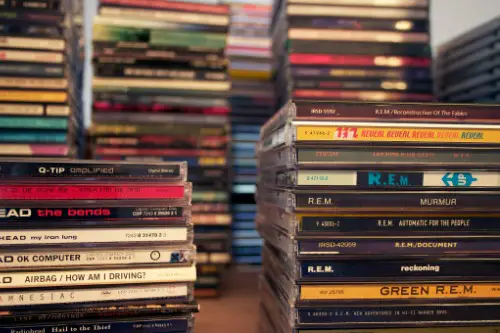
There was a time when showing off your massive CD rack was a point of pride, and having hundreds of discs meant you were serious about music. People spent hours making the perfect mix CDs, carefully organizing their albums, and flipping through booklets to read the lyrics. Music stores were packed on new release days, and losing or scratching a disc was devastating. Now, streaming services have made all of that obsolete, and most people can’t remember the last time they held a CD.
These days, everything is digital, and people have access to millions of songs without needing any physical storage. The idea of buying an entire album when you only like one song feels unnecessary. Even cars and laptops are ditching CD players, making those old discs practically useless. Unless you’re a collector or into vinyl now, CDs are just relics of a different time, CNET reports.
2. Memorizing Phone Numbers
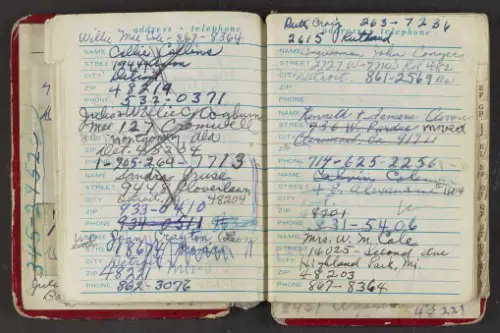
Back in the day, you had to actually know your friends’ and family’s phone numbers by heart. Calling someone meant punching in the full number, and if you lost your address book, you were in serious trouble. Parents drilled their home number into kids’ heads in case they got lost, and people took pride in remembering important numbers without looking them up. Now, thanks to smartphones, almost no one memorizes numbers beyond maybe their own, according to USA Today.
Your phone does all the remembering for you, so why bother? Most people would struggle to recall their best friend’s number, let alone an emergency contact. Even home landlines—where kids once had to answer with a polite “Hello, [Last Name] residence”—are becoming a thing of the past. The only time we even think about phone numbers now is when we need to enter one for a verification code.
3. Blockbuster Nights
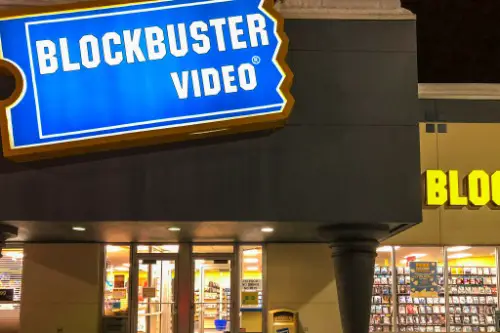
Going to Blockbuster on a Friday night was an event in itself, and choosing the perfect movie was a serious decision. People would wander the aisles, checking out the covers, reading the backs, and hoping their first-choice film wasn’t already rented out. Late fees were the worst, but there was something exciting about physically picking out a movie. Today, streaming has completely wiped out the need for video rental stores, and Blockbuster is just a nostalgic memory, according to Forbes.
With Netflix, Hulu, and countless other services, you don’t even have to leave the couch to watch whatever you want. There’s no worry about returning anything, no late fees, and no limited selection. While some people miss the ritual of renting a movie, most wouldn’t trade the convenience of instant access. The last remaining Blockbuster in Bend, Oregon, is basically a tourist attraction at this point.
4. Writing Checks for Everyday Purchases

There was a time when paying for groceries, rent, or even a meal at a restaurant meant writing a check. People carried bulky checkbooks everywhere, carefully balancing their accounts so they wouldn’t bounce a payment. Waiting behind someone in line as they slowly wrote a check was an exercise in patience. Today, most people rarely use checks, and some younger folks have never written one at all, according to The Washington Post.
Debit cards, credit cards, and mobile payments have made checks feel outdated and inconvenient. Many businesses don’t even accept them anymore, and automatic bill payments have replaced the need for writing rent checks. The only time checks really come up now is for big transactions, like down payments or government paperwork. Otherwise, they’ve been replaced by tap-to-pay and Venmo.
5. Having a Home Phone Line
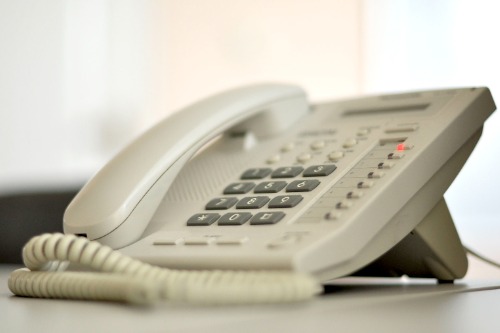
Not too long ago, every home had a landline, and answering the phone was just part of daily life. Kids fought over who got to pick up the call, and prank calling was a popular (and annoying) pastime. Families often had long, coiled cords stretching across rooms so they could have a little privacy while talking. Now, most households have ditched landlines completely, according to The Telegraph, with cell phones taking over.
Unless you have a specific need—like a security system that requires a landline—there’s almost no reason to keep one. Telemarketers are the main ones still calling landlines, making them more of a nuisance than a necessity. Even offices are moving away from traditional phone systems in favor of internet-based options. Landlines went from an everyday essential to a forgotten relic in just a couple of decades.
6. Getting Dressed Up for the Airport
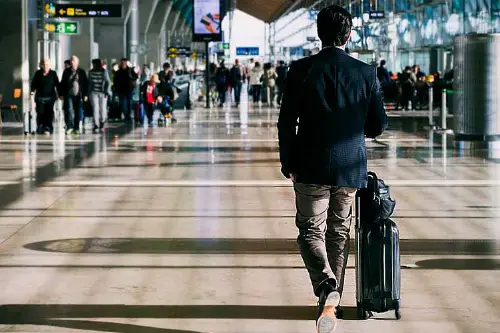
Flying used to be a fancy occasion, and people dressed to impress before boarding a plane. Men wore suits, women wore dresses, and the whole experience felt like a high-class event. Airlines even played into this with elegant meals and top-tier service. Now, comfort is king, and airports are filled with people in sweatpants, hoodies, and flip-flops.
With long security lines, crowded flights, and extra fees for everything, the glamour of air travel has faded. The goal is to be as comfortable as possible, especially on long-haul flights. While some business travelers still dress sharp, most people opt for athleisure and don’t think twice about it. The idea of wearing formal attire on a plane seems almost ridiculous now.
7. Reading the TV Guide
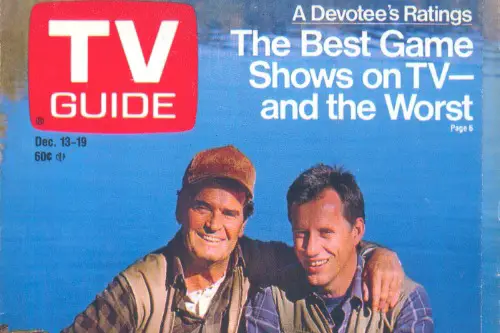
Back before on-demand streaming, figuring out what was on TV required an actual guide. People would flip through the TV Guide magazine or check the scrolling cable menu to see what was playing. If you missed your favorite show, you had to wait for a rerun because there was no DVR or streaming. Now, no one worries about what’s “on” because they can watch whatever they want, whenever they want.
TV schedules used to dictate people’s evenings, but those days are long gone. Binge-watching entire seasons on streaming services has replaced waiting for weekly episodes. Even cable TV itself is struggling to stay relevant as more people cut the cord. The idea of flipping through channels and planning your night around a show is almost laughable now.
8. Sending Postcards from Vacation
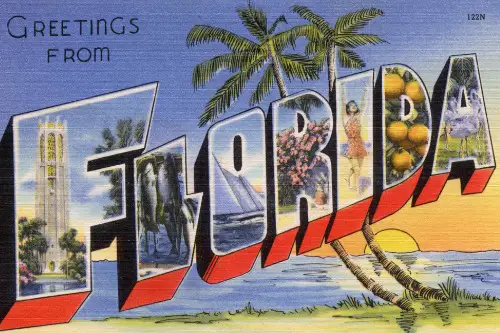
Once upon a time, sending postcards was a must-do while traveling. People carefully picked out a scenic card, wrote a short message, and mailed it to friends or family. It was a way to share a little piece of your trip and prove you actually went somewhere. Now, a quick Instagram post or Snapchat story does the job instantly.
By the time a postcard arrives, the vacation is already over, and everyone has seen your trip photos online. Most people don’t even check their mail regularly, making physical postcards feel outdated. While they’re still sold in tourist shops, they’re mostly bought as souvenirs rather than for mailing. The effort of finding a stamp and mailing a card just doesn’t seem worth it anymore.
9. Having Encyclopedias at Home

Once a household staple, a full set of encyclopedias was a sign of knowledge and curiosity. Families invested in massive collections, and kids used them for school projects before the internet existed. If you needed to look something up, you went to the bookshelf instead of typing a question into Google. Now, encyclopedias are mostly decorative relics or found in thrift stores.
The internet has made information instantly available, with constant updates that printed books can’t keep up with. Wikipedia and other online sources provide more knowledge than any single book collection ever could. Encyclopedias take up tons of space and rarely get used anymore. Unless you’re a collector or enjoy old-school research, there’s really no need for them today.
10. Burning Mix CDs for Friends
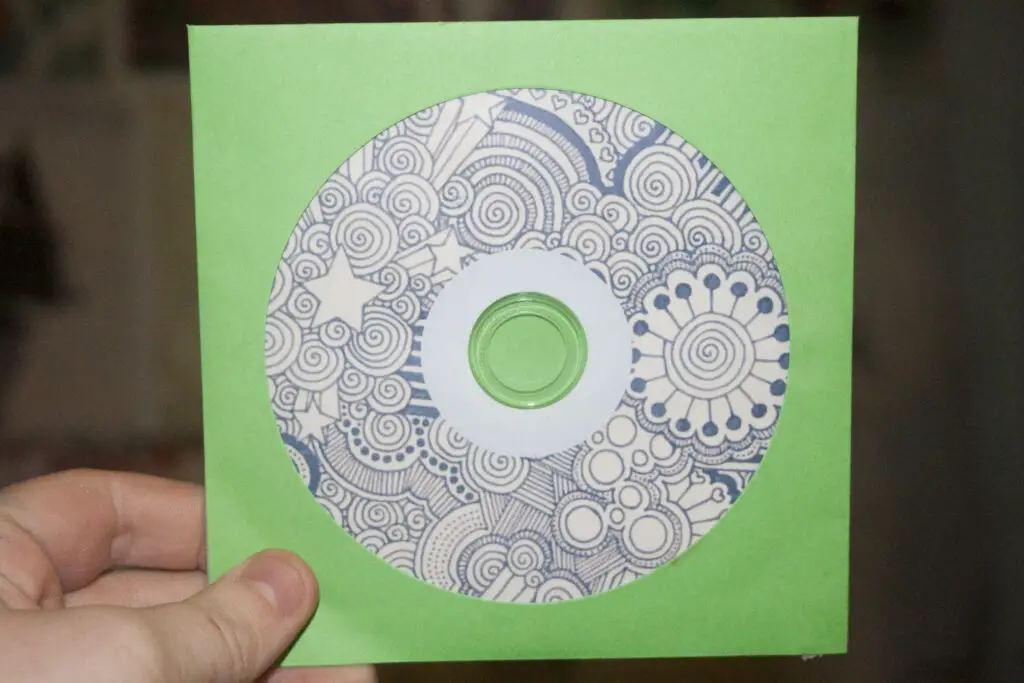
Making a mix CD was once a highly personal and thoughtful gift, requiring time and effort to get just right. People carefully selected songs, arranged them in the perfect order, and even decorated the CD with Sharpies. Whether it was for a crush, a road trip, or just to introduce someone to new music, mix CDs were a big deal. Today, playlists on Spotify or Apple Music have completely replaced them.
Sharing music now is as simple as sending a link, and there’s no need for physical discs. While playlists can still be meaningful, they lack the tangible, homemade charm of a mix CD. No one has to worry about scratched discs or skipping songs anymore. The nostalgia is real, but convenience won in the end.
11. Printing Out MapQuest Directions
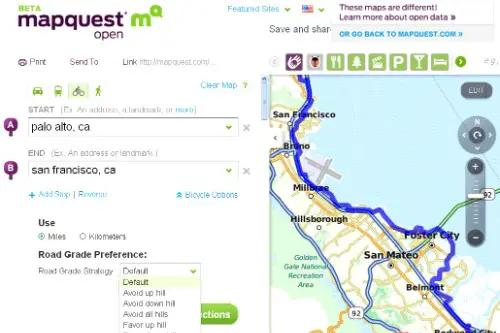
Before smartphones and GPS apps, people actually had to print out directions before going somewhere new. MapQuest was the go-to site for getting turn-by-turn instructions, and road trips required stacks of printed pages. If you missed a turn or ran into a detour, you had to figure things out on your own. Today, Google Maps, Waze, and Apple Maps make navigation effortless.
With real-time traffic updates and voice guidance, printed directions feel ancient. No one worries about getting lost because their phone constantly reroutes them. The idea of pulling over to read a paper map or printing directions before leaving home seems ridiculous now. GPS apps have made travel easier, but they’ve also made us completely reliant on technology.
12. Smoking Sections in Restaurants

Not long ago, restaurants had separate smoking and non-smoking sections, and it was normal to eat next to a table full of cigarette smoke. Smoking indoors was a given, and businesses tried to accommodate both smokers and non-smokers. Eventually, people realized that secondhand smoke wasn’t something you could just “contain” in one part of a restaurant. Today, indoor smoking bans are widespread, and the idea of lighting up in a restaurant feels outdated.
Most people wouldn’t even consider smoking while eating now, and designated smoking areas are mostly outside. The cultural shift away from smoking in general has made it less socially acceptable in public spaces. Younger generations barely remember a time when you could smoke indoors at all. What was once a normal part of dining out is now a relic of the past.
13. Getting Film Developed
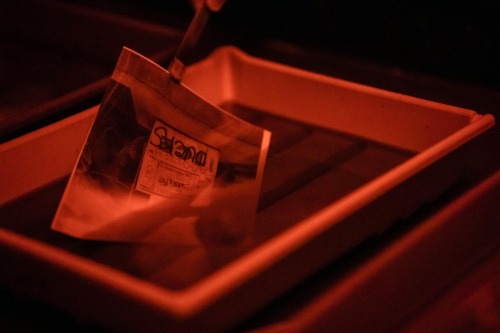
There was a time when taking pictures meant using a roll of film and waiting days to see how they turned out. People dropped off their film at a drugstore or photo lab, hoping they got some good shots. There was no instant preview—if someone blinked or the shot was blurry, you didn’t know until it was too late. Now, digital cameras and smartphones have made film developing nearly obsolete.
Everyone carries a high-quality camera in their pocket, and photos can be edited and shared instantly. Even professional photographers mostly use digital, and film processing is a niche hobby rather than a necessity. While some people still appreciate the aesthetic of film, the convenience of digital has taken over. The days of flipping through physical photo albums from a recent trip are mostly gone.
14. Clip-on Pagers
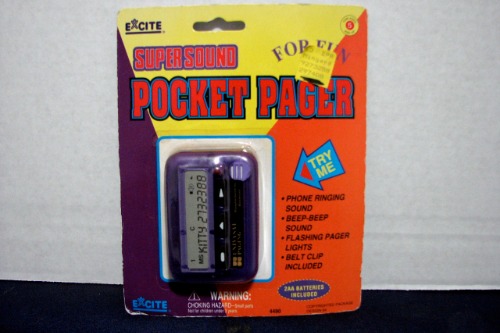
Pagers were once a must-have for doctors, business professionals, and anyone who needed to be reachable at all times. Before cell phones became common, getting a page meant finding the nearest payphone or landline to call someone back. People had their own codes and shorthand messages to communicate quickly. Today, with smartphones offering texting, email, and instant messaging, pagers are nearly extinct.
Hospitals and some emergency services still use them because they don’t rely on cell networks, but for the average person, they’re useless. The idea of carrying a separate device just to get a callback request seems ridiculous now. The rise of mobile phones completely erased the need for pagers, and most people under 30 have never even seen one in real life. What was once cutting-edge communication is now a forgotten relic of the ’90s.


